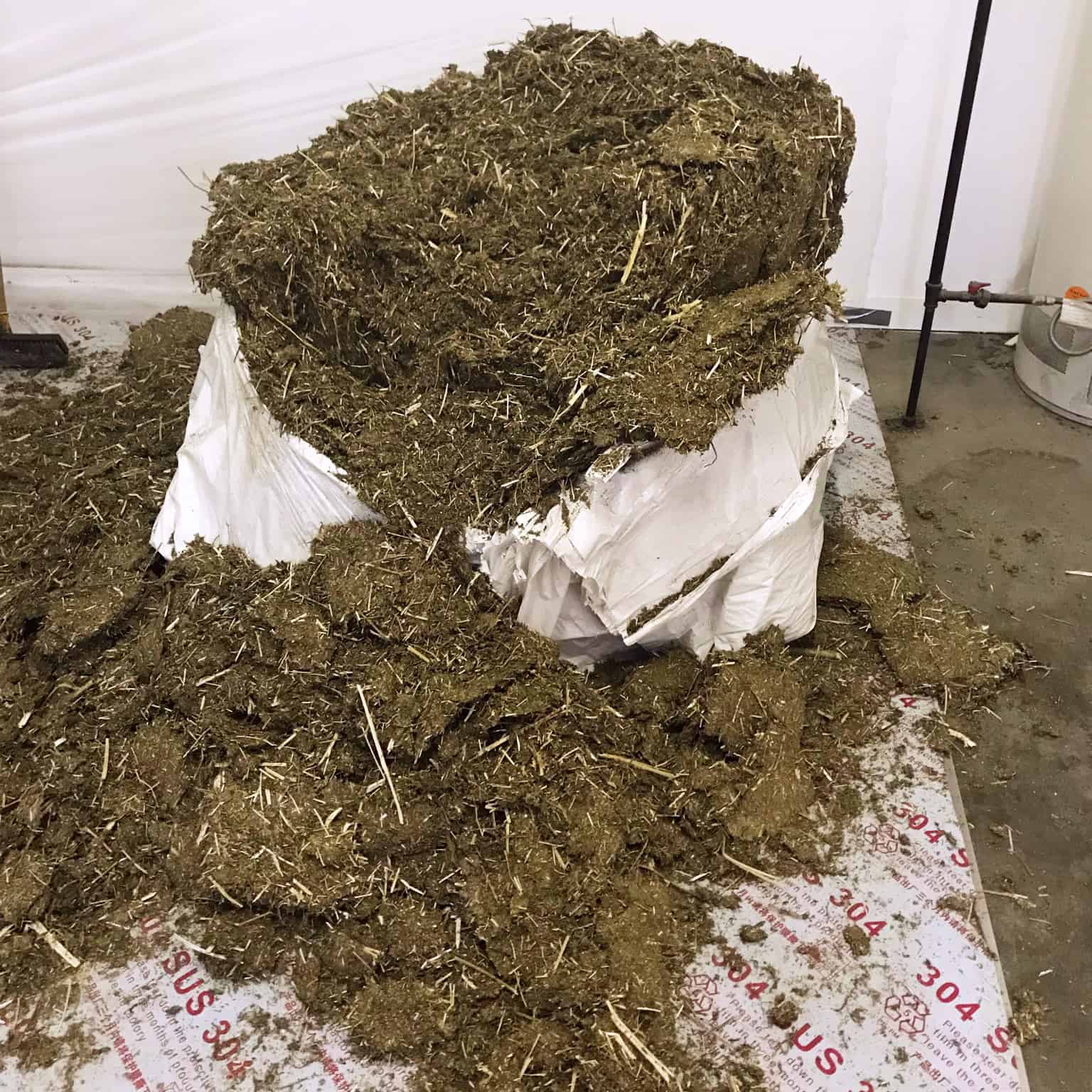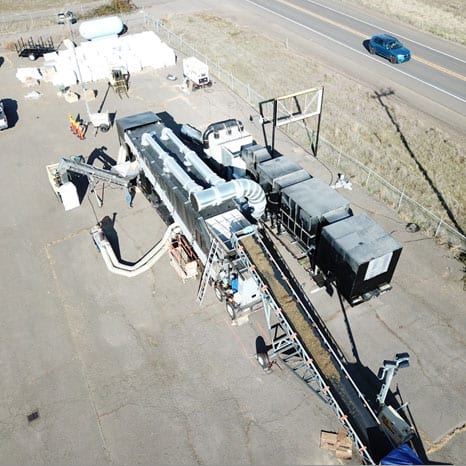
We all know that hemp is time-sensitive for harvest due to THC content increasing as the plant matures. What many people don’t know is that poor planning, incorrect storage, and waiting too long to dry the crop ruined a huge chunk of the 2019 harvest.
Why?
- Hemp has high water content at harvest time, especially if it did not experience a frost or begin to dry standing in the field.
- The hemp plant is NOT mold-proof. Mold and mildew form quickly in harvested plants. Storage needs to end and drying needs to begin as soon as possible after harvest. And by “soon” we mean hours, not days.
- “Storage” includes aspects of the harvest such as carts, trailers, trucks, and shipping equipment immediately after harvest. Wet baled material or any other process that does not allow for ample airflow through the wet product is bad.
The quickest way to ruin a crop is to wet bale it or store it wet without active ample airflow.
Some methods exist to remove the air around the product to help prevent decomposition, such as a plastic wrapped bales. These methods can be risky. The quick decomposition of the plants is susceptible to any oxygen entering the bale. Punctures and flaws in bailing methods may cause the loss of the entire bale.
Formation Ag has witnessed the unfortunate results of poor post-harvest handling. In one case, a verified 12% CBD crop was loaded into silage bags and stored. By the time the product made it to extraction, it was contaminated with mold and mildew. The CBD content dropped 0.2%. The mold and mildew concern applies to fiber, CBD, seed, and grain. No aspect of the hemp cycle is exempt from this concern.

Furthermore, as the material begins to break down, it generates a large amount of heat. There have been several cases of densely packed barns generating enough heat to catch fire – burning both the barn and the product inside of it. Remember that once dry, hemp plants easily catch fire and can create enough heat to spontaneously combust.
In all hemp harvesting scenarios except for field-retting fiber, a drying process is required. A general rule of thumb is to make sure the harvested material is either in a drying process or has ample airflow within two hours of being cut.

The capacity of a drying system will likely dictate the speed of a harvest and proximity to growing locations. It is important to minimize transportation, packing, and storage of wet material, and use caution to mitigate fire risks as your hemp dries.


Recent Comments